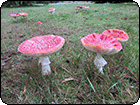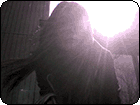17 October 2009
Disney Templates FAIL "Looks like the Disney Vault has a purpose after all - to keep us from realizing how similar our favorite classic Disney movies truly are. According to this video, Disney only ever made one movie, and they've been tracing it ever since."
← AskMeCha: ||
I'll be in NYC one week from today! →
All posts and comments © their authors
 photo by splunge
photo by splunge
 photo by TheophileEscargot
photo by TheophileEscargot
 photo by Kronos_to_Earth
photo by Kronos_to_Earth
 photo by ethylene
photo by ethylene